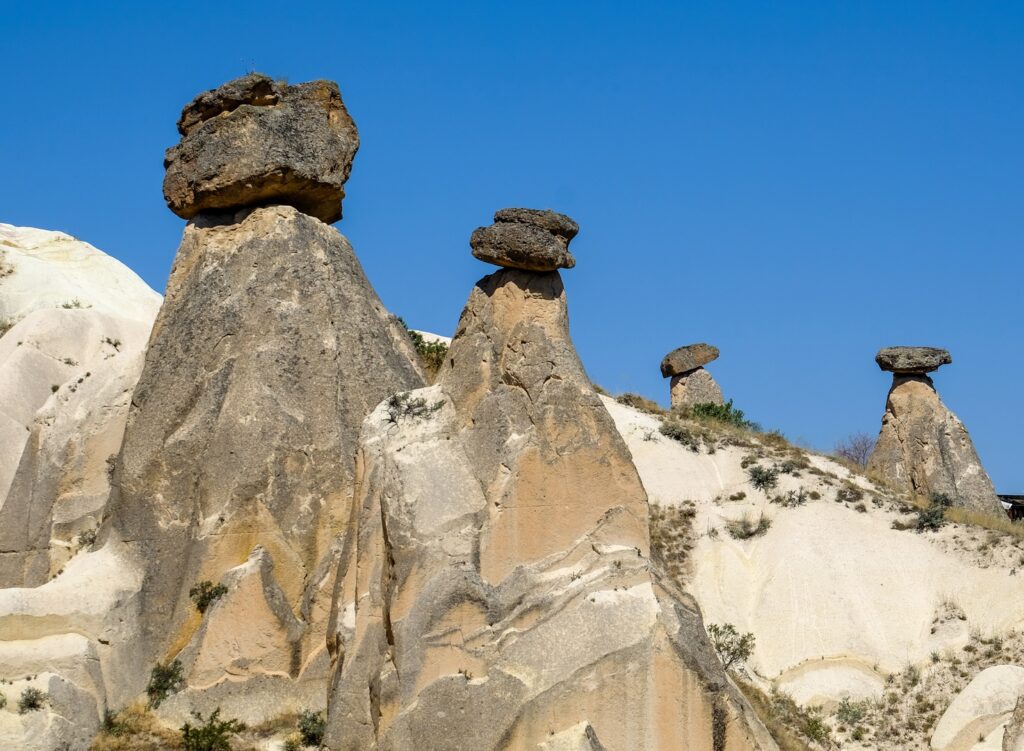Turkey Photography Tours : A different way to see
Turkey Photography Tours : Our photography tours are designed not only to guide you to the most photogenic locations carefully planned for the best light, but to aid you in mentally visualizing a scene before capturing the decisive moment. Our aim is to raise your awareness and spark your creativity so that you not only go home with images to be proud of, but use your new-found skills to improve and expand your photographic technique in general. Apart from the technical aspect of learning your camera settings and capabilities, you will learn how to turn an ordinary image into an extraordinary image by using your own creativity.
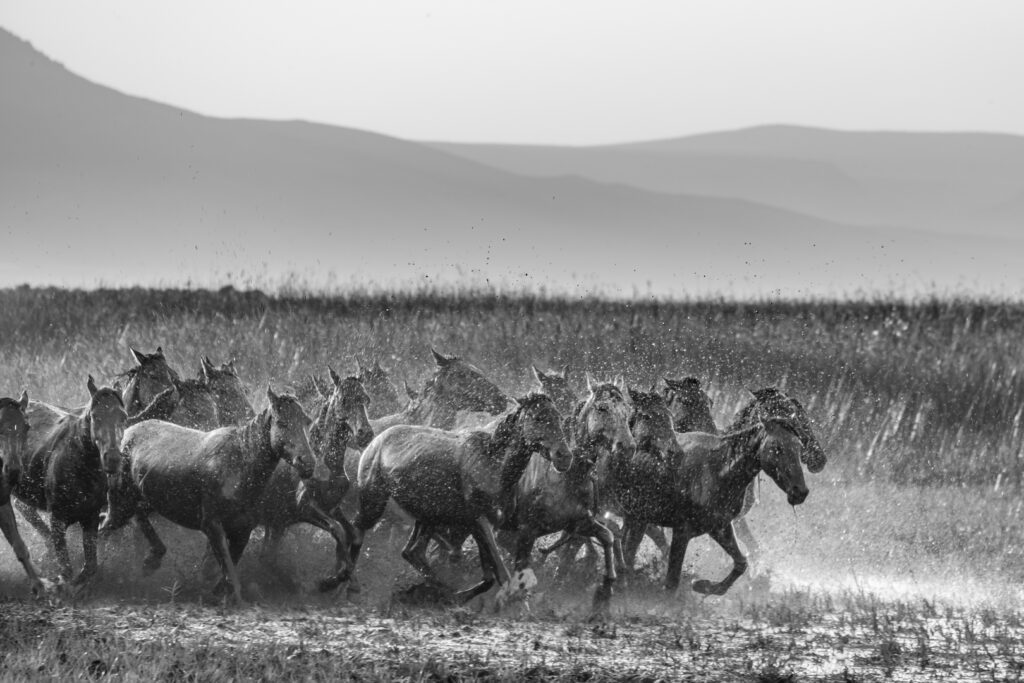
In addition, you will become knowledgeable on how to survey the landscape, utilize and approach your environment, photograph people indigenous to the region and the cultural considerations and challenges of photographing in a foreign country. Our time together will include individual and group discussions, inspiring ideas and great fun. Istanbul and Anatolia are excellent locations to learn and master your photogenic techniques. We cannot think of a better location to express your creativity. Eskapas’ guides are provided from Association of Movie and Photography Artists of Istanbul IFSAK
Turkey Photography Tours
Landscape, Cityscape and Nature
Attending an Eskapas photography tour is a great way to develop your photography by learning from a professional photographer in a destination you’ve dreamed of visiting such as Turkey, Greece and Egypt. Not only that, it’s also a great opportunity to connect with other like-minded people and perhaps even make friends for life. Related: Turkey Photography Tours

Important Things to Know Before Booking a Photography Tour
Workshop vs Photo Tours
The very first thing you should know is whether you’re booking a workshop or a photography tour. You might think that they are the same, and some operators might treat them similarly, but the difference can be significant at Eskapas. A photography workshop is a more hands-on experience where the guide is primarily there to teach you how to capture better images. Workshops typically include both in-field and post-processing lessons.
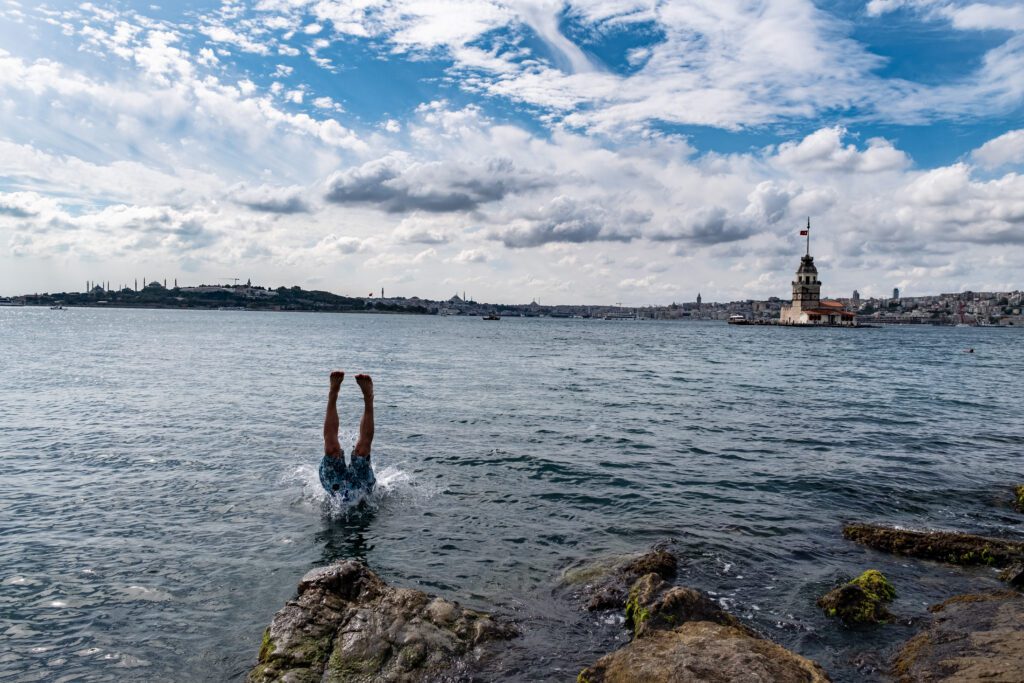
A photography tour is often less hands-on and the guide’s main task is to make sure you’re at the right place at the right time. While you’ll still get photography instructions, you’re more on your own when it comes to capturing the images and you’re more likely to see the guide using their own camera as well.
If you want more photographic instructions along with a more hands-on experience, make sure that you’re booking a photography workshop. Please note that most of our tours can be organized private and tailor made only for your level.
How big is the group?
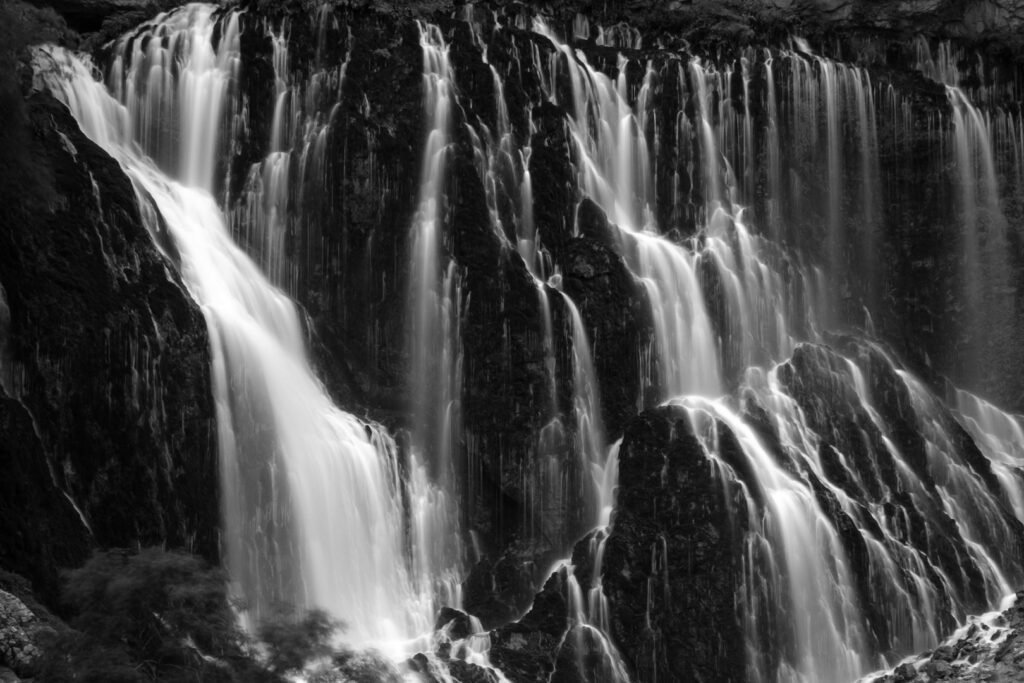
Another important factor to keep in mind before booking a photography tour is the group size. Bigger groups typically mean more generic experiences. Even if there are several guides and a good guide-to-participant ratio, a large group size might be problematic in certain locations. Just imagine standing on a topof a hill with 25 other photographers for a sunrise? It goes without saying that it can be quite chaotic and you’re more than likely to have a tripod or two in your frame. In our opinion, the ideal group size is up to 6 or 8 participants. More than this and it starts getting crowded in certain places. Better in private!
Local Knowledge
There’s no doubt that booking with Eskapas comes with big benefits. Eskapas has local knowledge and often know about secret spots where few others come. We’re also better prepared in case something unexpected happens and they’re more likely to arrange a unique and authentic experience. This usually leads us to a smoother, better-organized experience for you and the other participants.
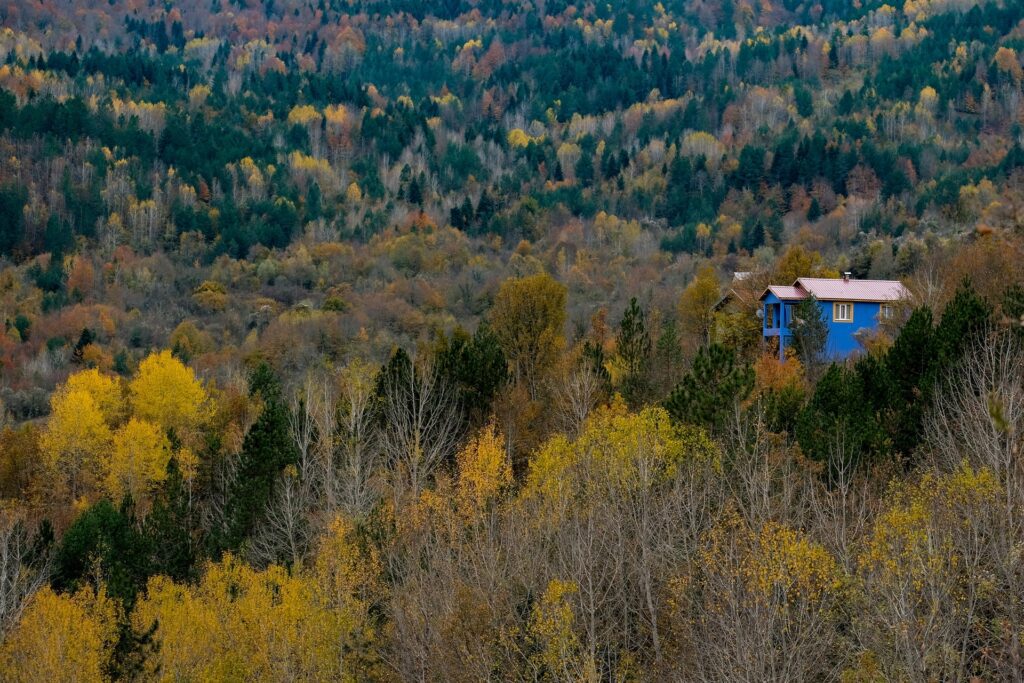
What do you want to see?
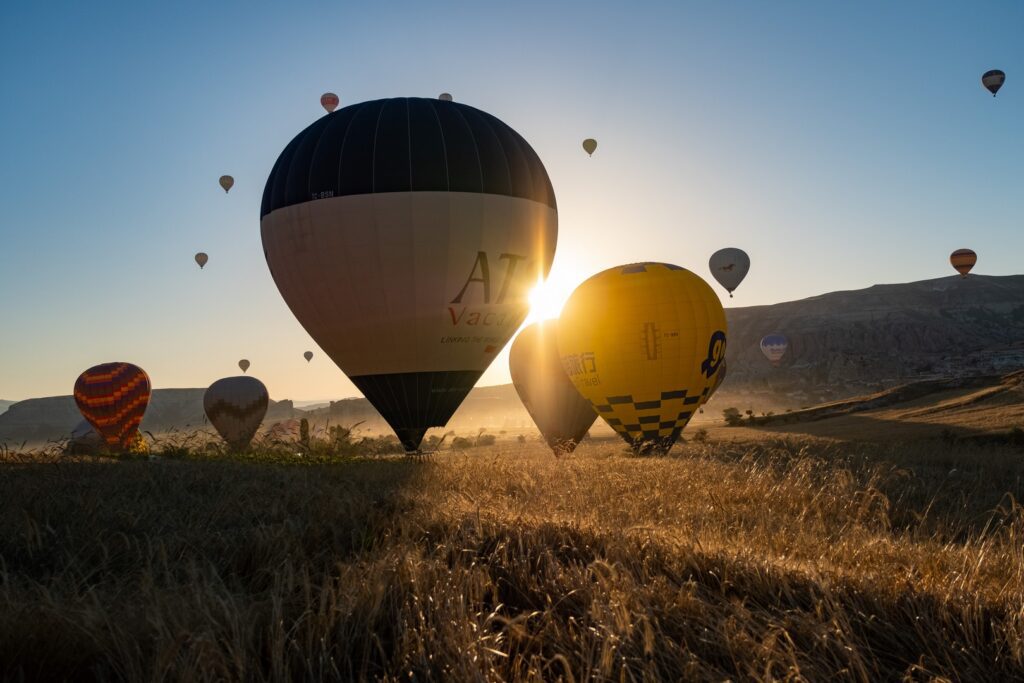
If you are looking to travel to Turkey for your photography experience, think about the places you would like to go and subjects you would like to see and photograph. Some may just want to get away to a new place whereas others may have very specific photographs in mind. If the latter is the case, it is important to make sure that the trip will provide access to them, which means getting to the right location at the right time of year with a tour provider that has specific expertise in the subject you are after.
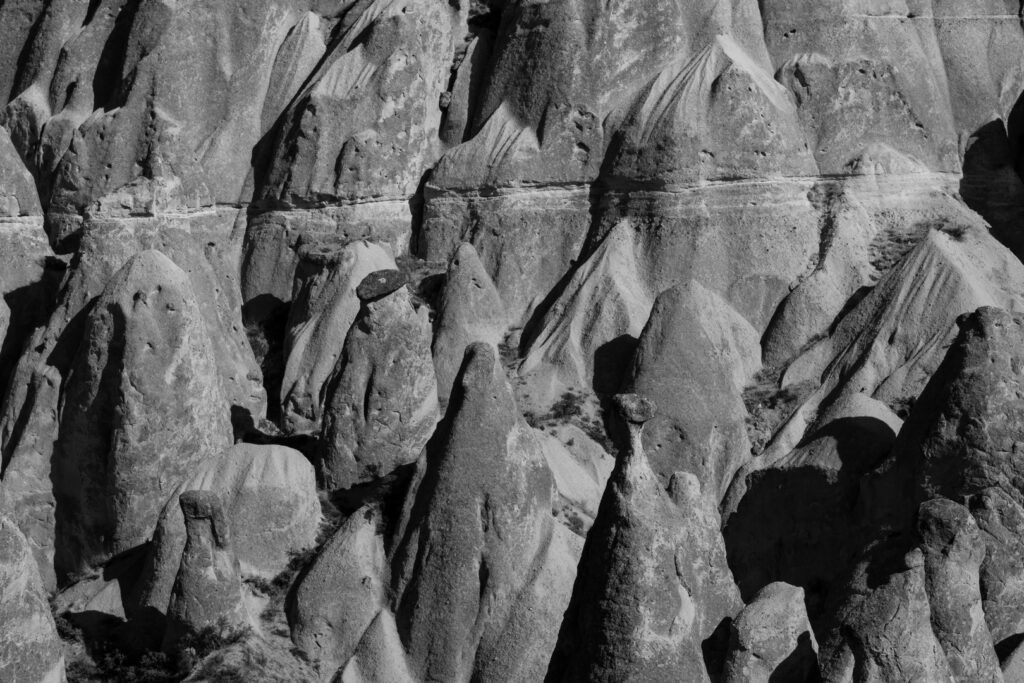
How intense of an experience are you after?
Some photographers are simply looking for a worry-free vacation where the finer details of the experience have been worked out for them. They want to have fun and maybe get some good shots along the way. For them, the experience is as much about staying in a swanky hotel or cozy cottage and enjoying a delicious meal in relative comfort as it is about time in the field shooting. Others will prioritize image making opportunities over just about anything else, sacrificing comfort, sleep, and occasionally even safety to do so. They want to be in the field whenever possible and to shoot for as long as the light, weather, and subjects will cooperate. They might not frown at nice accommodations, tasty food, or regular showers, but if getting the shot means tenting in a blizzard and eating bland oatmeal and energy bars for three days straight, they’re all about it. A lot of photographers probably fall somewhere in the middle, or have moderate expectations for a trip at least. They expect to be well cared for by their guides, kept clean and safe, and to be able to get good photographic opportunities while enjoying three nutritious meals a day and at least a few hours of rest each night in sanitary and comfortable conditions.
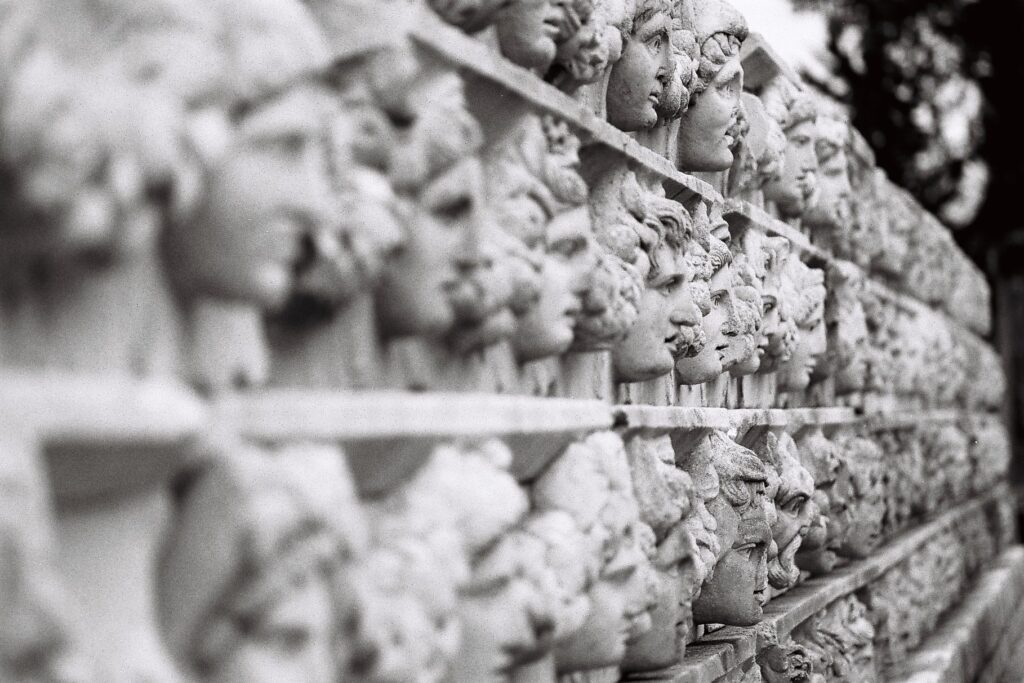
Other things to keep in mind
Nature, wildlife, landscape, bird, and travel photography is largely dependent on things beyond our control. Weather, for example, does what it wants, regardless of what trip operators have planned, and as much as we try to predict when natural phenomena will happen each year, sometimes nature just does her own thing. Wildlife is notoriously finicky, and some subjects may be extremely difficult to come by even in the best of situations. Good leaders will do their best to make the most out of the situation, and participants should be ready to adapt if a leader decides to change plans last minute due to weather or other unforeseen circumstances. If you have your heart really set on something, get an idea from your leader how likely you are to see and photograph it. Regardless of what they say, keep in mind that no subject in nature is guaranteed, and know that you might just have to change your expectations.
